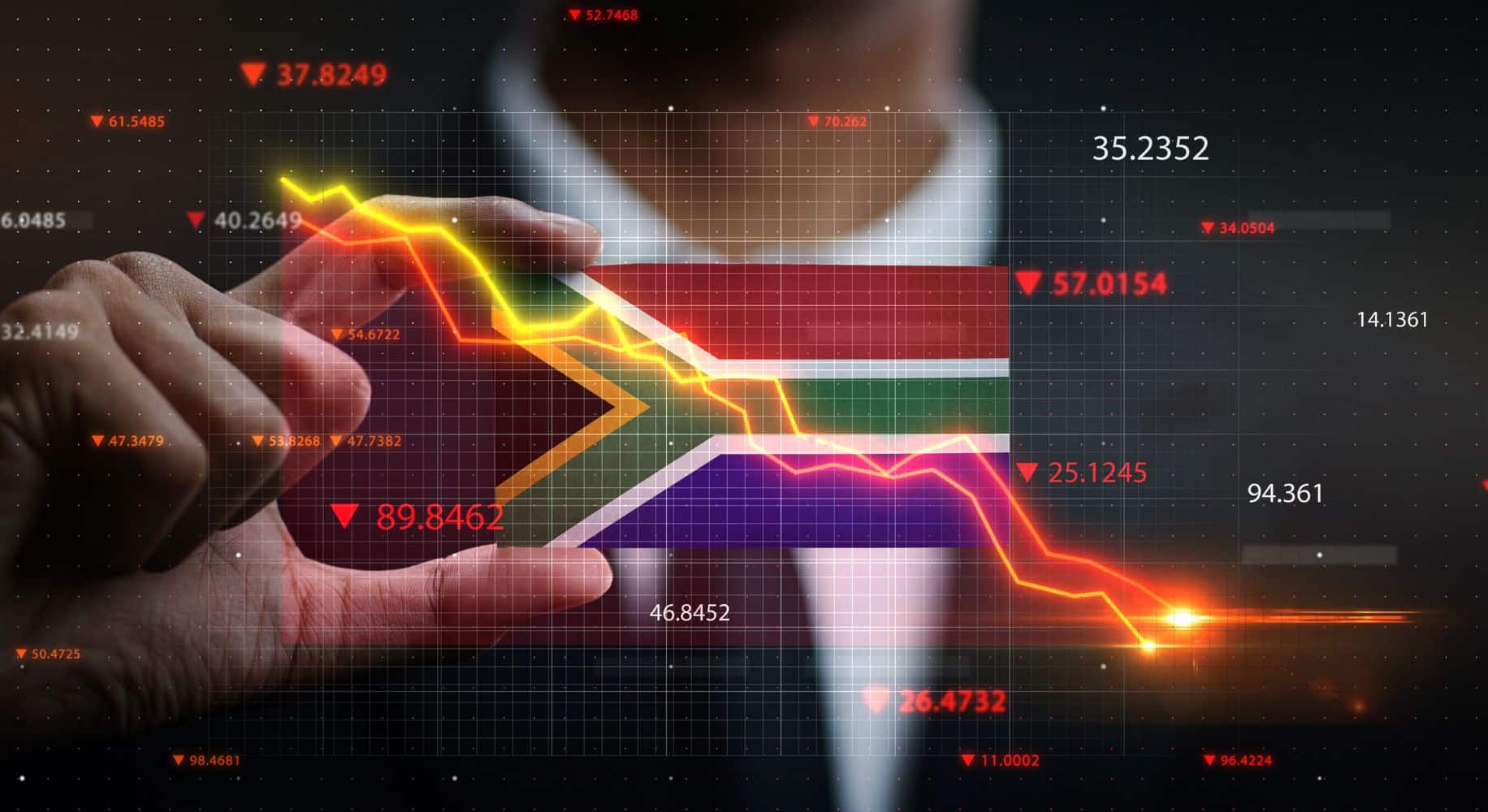The week had good and bad news for South Africans with a 25 basis point cut in the repo rate but a US tariff of 30%.

It was a busy economic week, but everybody agrees that everything else was overshadowed by the latest US tariff announcement from the White House, which slapped a 30% tariff on South Africa that will apply from 7 August.
Tracey-Lee Solomon, an economist at the Bureau for Economic Research (BER), says the unanimous decision of the Monetary Policy Committee (MPC) of the South African Reserve Bank (Sarb) to cut the repo rate by 25 basis points to 7%, bringing the prime rate to 10.5%, was also important.
Then the White House announced its sweeping new trade policy in the early hours of Friday morning, with a tariff of 30% for South Africa. This had an immediate effect on commodity prices and the rand.
Solomon says Brent crude traded above $73 a barrel after President Donald Trump threatened to impose tariffs on Indian exports and penalties for its Russian oil purchases, she says.
“Trump also warned of tariffs on Moscow unless a swift truce in Ukraine is reached, potentially triggering secondary sanctions on buyers of Russian crude. This move would likely result in more demand for non-Russian crude, lifting prices.”
“The rand weakened by 2.8% against the US dollar, weighed down by broad dollar strength and South Africa’s failure to secure a more favourable trade deal with the US, which likely added to negative sentiment.”
ALSO READ: US tariff of 30%: Rand weakest in 3 months, thousands of jobs in danger
US Fed, in middle of US tariff chaos, did not change repo rate
Bianca Botes, director at Citadel Global, says at the centre of the chaos stood the US Federal Reserve, which held rates unchanged at 4.25% to 4.5%. “The South African Reserve Bank (Sarb) delivered a 25 basis point cut. This was not a bold or symbolic move by the Sarb; just necessary.”
She also noted that gold prices consolidated near $3,292/ounce, ending the week 2% softer after the stellar dollar run although support persisted for gold as a defensive asset, despite the selloff this week, as central banks and safe haven seekers continue to find security in its glimmer.
“Brent crude remained above $71/barrel, supported by anticipation of new trade agreements and supply constraints, including tightening conditions in the diesel market. Risks from potential new tariffs and weak consumer data in some major economies capped stronger gains.”
Busisiwe Nkonki and Isaac Matshego, economists at the Nedbank Group Economic Unit, also believe the rand came under renewed pressure after the US tariff announcement that he would impose a further 10% import tariff on the Brics countries and any other economy aligned with the grouping.
ALSO READ: Repo rate cut not a surprise but very welcome
Reserve Bank lowers repo rate to 7% as expected
Damian Maart, an economist at the BER, says, as expected, the MPC decided to lower the repo rate by 25 basis points in a unanimous decision that brings the repo rate to 7% and the prime rate to 10.5%.
“A key takeaway from the MPC press conference was the announcement that future MPC decisions would be anchored around the lower bound of the 3-6% target band. Sarb governor Lesetja Kganyago noted that this was not an official change in the target, as it would mandate approval from the National Treasury.
“June consumer inflation was in line with the preferred rate, but the Sarb expects inflation to pick up over the next few months. Looking ahead, the Sarb’s Quarterly Projection Model based on the newly adopted 3% target suggests five more cuts over the medium term, although the MPC is not beholden to the 3% inflation target.
Nkonki and Matshego say ultimately the interest rate path will depend on how quickly the Sarb can calibrate inflation expectations and price setting throughout the economy around the lower target.
Mamello Matikinca-Ngwenya, Siphamandla Mkhwanazi, Thanda Sithole, and Koketso Mano, economists at FNB, say the MPC statement had few surprises. “This repo rate cut highlighted the MPC’s ability to focus on local dynamics given the limited impact of global volatility on the rand and, by extension, monetary policy.”
ALSO READ: Good news for GDP: Manufacturing PMI reaches above 50 points, but employment levels still weak
Producer price picked up in June
According to Statistics SA, the producer price index (PPI) increased by 0.6% in June, up from 0.1% in May. The uptick was primarily driven by higher producer prices for food, beverages, and tobacco products, which increased by 4% and contributed 1.2 percentage points to overall producer inflation. In contrast, prices for coke, petroleum, chemical, rubber and plastic products declined by 4.7%, subtracting 1%. On a monthly basis, PPI rose by 0.2% in June.
Nkonki and Matshego say the PPI outcome was slightly lower than their forecast of 0.8% but aligned with the market’s expectations. “The main driver of the rise was the ‘food, beverages and tobacco products category, which rose by 4% with upward pressure coming from meat prices. Elsewhere, price pressures remained relatively subdued or fell further.”
Matikinca-Ngwenya, Mkhwanazi, Sithole and Mano say they expect producer inflation to gradually rise in the second half of 2025 but remain benign, averaging around 1.2% this year.






